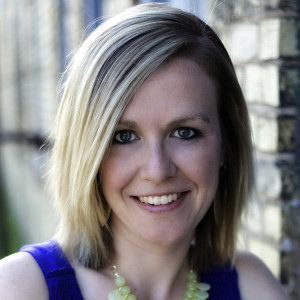Each year during the holiday season, my husband and I send a card to friends and family that includes our favorite quotes from our three kids during the past year. The card is a fun way to provide a quick snapshot of their personalities for those who don’t see us on a regular basis. Also, it’s hilarious to read the random musings of kids…“Shouldn’t evaporated milk just be an empty can?”
As I put together each issue of Harp Column, I often think we need to make a “top quotes” card so readers don’t miss any of the nuggets of wisdom, astute observations, and practical advice that are sometimes buried deep in the magazine. Unfortunately, there isn’t always room to highlight these gems in the article layout. While Harp Column readers undoubtedly aim to read each issue cover to cover so as not to miss a thing (after all, you are reading this article), harp life is busy, and you might have to gloss over an article or two. So here are some top quotes from this issue. Consider it an early holiday gift from your friends at Harp Column.
“My contribution to these songs was to bring them closer to Colombia, changing the percussion that was already there, recording the harp, the cuatro, the tiple, and maracas. It was very fun to see how each song changed every time we put the Colombian instruments into it. I tried my best to make it sound more Colombian.” —Colombian harpist Edmar Castañeda on his involvement with the music in the blockbuster movie Encanto in his Sounding Board article on pg. 10. (He also reveals his favorite song from the movie!)
“In the past, when I studied, I felt anxious and stressed, thinking everything needed to be perfect. Now I’ve changed my mind. I want to enjoy what I’m doing. A little mistake doesn’t define what I am or what the performance is going to be. So if I make a mistake, I leave the past and continue performing.” —Harp student Jacqueline Aguirre on how therapy has changed her approach to practicing in the last year in our Practice Makes Harpist series on pg. 12.
“For students and teachers alike, a healthy working relationship relies on constructive communication, compassionate honesty, adaptability to learning styles, and the willingness of both parties to engage fully with the learning process.” —Harp teacher Michelle Gott on the two-way street connecting teachers and students that will help avoid breakups in our Advice column on pg. 14.
“Storytelling is at the heart of being an artist. If we imagine our presentation as a three-act play, we are telling the acts of the composer and their music, we are sharing the voice of the harp, and of course, we are telling our own stories as a musician/harpist/performer.” —Author Rachel Brandwein on the role storytelling can play in sound quality in “Creating Color” on pg. 16.
“I can teach anybody to play the harp for therapeutic work. I can’t teach them to have compassion, to have a heart of caring, and to have this sense of serving another with their instrument. To me, those qualities are far more important initially than [musical ability].” —Bedside Harp founder Edie Elkan on what characteristics make a good candidate for her therapeutic harp training program in “A Good Bedside Manner” on pg. 20.
“If you find yourself in this predicament, the best thing to do is to immediately remove the tablet from its case. Many cases are lined with felt that can retain heat.” —Author Elizabeth Huston on what to do when your iPad overheats at a gig in “Tablet Troubles” on pg. 26.
“It’s important that what I play fits the feel of their track and evokes the emotion they have in mind.”
—Harpist Rachael Gladwin on her role in collaborating with artists and producers during recording sessions in our Job Shadow series on pg. 30.
“Some of the truly unique aspects of this collection are that it explores other genres such as jazz, advanced harmonies and improvisation, and can be used or adapted by both pedal and lever harp players.” —Music review editor Jan Jennings on Felice Pomeranz’s new book Contemporary Etudes for Harp on pg. 36. •







